Masanobu Umeda, Armin Wolf, Oskar Bartenstein, Ulrich Geske, Dietmar Seipel, Osamu Takata9783540692331, 3540692339
Table of contents :
front-matter.pdf……Page 1
Introduction……Page 9
jProlog……Page 10
LLPj……Page 12
Translating Prolog into Java……Page 13
Explicit Parallelism……Page 14
Experiments……Page 15
Multisat: A Parallel Execution System of SAT Solvers……Page 16
Conclusion……Page 17
Introduction……Page 20
The Main Concepts of TURTLE++……Page 21
Constraint Statements……Page 22
Obtaining Values from Constrainable Variables……Page 23
Implicit Fixing……Page 24
User-Defined Constraints and Dynamic Expressions……Page 25
Implementation of TURTLE++ as a Library for C++……Page 26
Puzzles……Page 28
Optimization……Page 29
Conclusion and Future Work……Page 30
Introduction……Page 33
Sequences and Constraints on Sequences……Page 35
Constraint Solver for Sequences……Page 36
Experimental Results……Page 38
Waiting Room Example……Page 40
Applications……Page 42
Conclusion and Future Work……Page 44
Introduction……Page 46
Persistence with ISCO……Page 47
Overview of Contextual (Constraint) Logic Programming……Page 49
Contextual Constraint Logic Programming……Page 50
On the Implementation of Contexts……Page 51
Contexts in ISCO……Page 52
Conclusions and Directions for Future Work……Page 54
Introduction……Page 56
Basic Definitions……Page 57
Rough Sets Based Information Analysis in Deterministic Information Systems……Page 58
Rough Non-deterministic Information Analysis……Page 59
An Exemplary Non-deterministic Information System……Page 60
Definability of a Set in NISs……Page 61
Possible Equivalence Relations in NISs……Page 63
Degrees of Dependency in NISs……Page 65
Support, Accuracy and Coverage of Rules in NISs……Page 67
Minimal Certain Rules in NISs……Page 68
Minimal Certain Rule Generation in NISs……Page 69
Concluding Remarks……Page 71
Introduction……Page 74
The Cumulative Resource Scheduling Problem……Page 75
The Not-Last Detection Rule……Page 77
Examination of Nuijten’s Algorithm……Page 78
A Complete Not-Last Detection Algorithm……Page 81
Conclusion……Page 84
Theoretical Results……Page 85
Introduction……Page 89
Example Program of Cream……Page 90
Java Classes of Cream……Page 91
Example of Calc/Cream……Page 92
How Calc/Cream Works……Page 93
Summary……Page 94
Introduction……Page 96
The Cumulative Resource Scheduling Problem……Page 97
Overload Checking……Page 98
Implementation Issues……Page 100
Overload Checking for Non-overlapping Rectangles……Page 103
Conclusion, Ongoing and Future Work……Page 108
Introduction……Page 110
An Example of Learning Process……Page 111
Objects, Concepts, Hypotheses, and Languages……Page 112
Examples, Learning Procedures, and Correctness of Learning……Page 113
Identification in the Limit……Page 114
Refiniment of Hypotheses by Deductive Inference……Page 115
Anti-unification and Learning from Positive Data……Page 117
Amalgamation of ILP and Statistical Inference……Page 120
Computational Algebra……Page 121
Concluding Remarks……Page 122
Introduction……Page 125
The Basic CP Paradigm……Page 126
Application of the Basic CP Paradigm for Conflict Avoidance……Page 127
Use of Global Constraints for Line Blocking……Page 128
Scheduling……Page 130
Distributed Scheduling……Page 132
Interval Technique……Page 135
Alternative Paths in Stations……Page 137
Conclusion……Page 140
Introduction……Page 143
Description Logics as Semantic Language……Page 144
Semantic Messages……Page 145
Semantic User Profile……Page 146
Example……Page 147
Pocket KRHyper……Page 148
Description Logics Transformation……Page 149
Optimizations to Save Resources……Page 150
Towards Explaining Matches……Page 151
Related Work and Evaluation……Page 152
Conclusions……Page 153
Introduction……Page 156
An Overview of the Production of Mechanism Parts by Injection Molding……Page 157
Requirement for the Design Object Model……Page 158
Arrangement Coordinate System and Dimension Setting……Page 159
Basic Figure……Page 160
Face……Page 161
View……Page 162
Part Form……Page 163
Three-Dimensional Form Generation……Page 164
Assembly Structure Operation……Page 165
Experimental Edit System of Design Product Model for Mechanism Parts……Page 166
Conclusion……Page 167
Introduction……Page 169
Outline of FORTEK……Page 170
Data Representation……Page 171
Inference Method of Plan Generation……Page 172
The Knowledge Representation of Plan Generation……Page 175
Plan Selection……Page 178
Execution Results……Page 179
Conclusions……Page 181
Introduction……Page 183
Knowledge Management Environments……Page 184
Intelligent Software Agents……Page 185
Agents in Knowledge Management……Page 186
Agent-Based Models for KM Environments……Page 187
Using Agents to Implement KM Systems……Page 188
Applications of Agents in KM……Page 189
AMKM Design and Methodology……Page 190
OperA Model and Methodology……Page 191
AMKM Architecture……Page 192
An Application of AMKM Framework……Page 193
Conclusions……Page 195
References……Page 196
Motivation……Page 198
Why Prolog in Content Management Systems?……Page 199
Modules……Page 200
Implementation……Page 201
Traditional Web Site Applications……Page 204
History……Page 205
References……Page 206
Introduction……Page 208
Overview of Inside Prolog……Page 209
Program Code Representation……Page 210
Optimization by Instruction Rewriting……Page 211
Multi-threading Prolog……Page 212
Extension of Prolog Abstract Machine……Page 213
Examples of Multi-thread Programming……Page 214
Knowledge Processing Server……Page 216
Parallelism on SMP Systems……Page 217
Scalability of the Knowledge Processing Server……Page 218
Conclusion……Page 220
Introduction……Page 223
Our Framework……Page 224
Meta-languages of the Semantic Web Ontology……Page 225
Meta-programs of the Semantic Web Ontology……Page 228
Single SW Agent Architecture……Page 230
Definition of a Communicative Demo……Page 231
Multi-agent Communication……Page 233
Query Answering by Multi-agent Communication……Page 234
Related Works……Page 235
References……Page 236
back-matter.pdf……Page 237
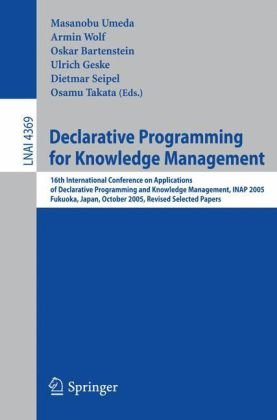
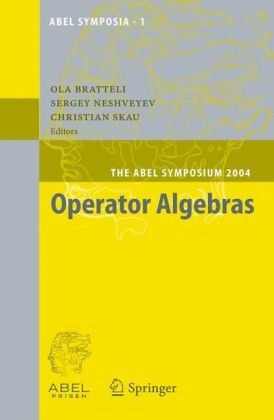
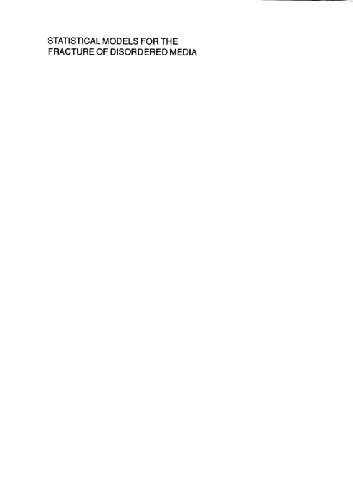
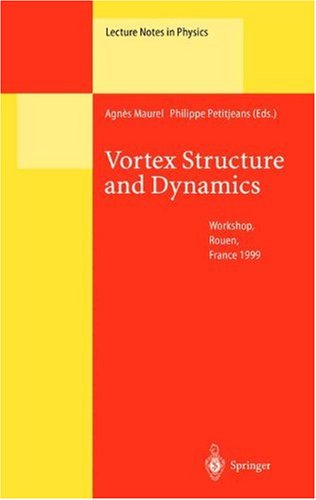
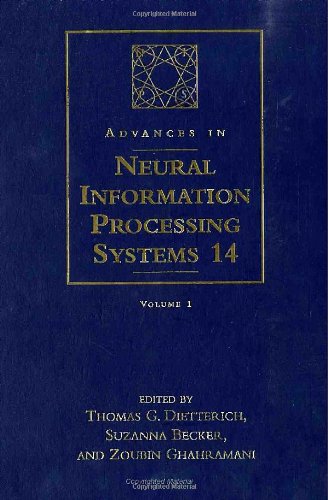
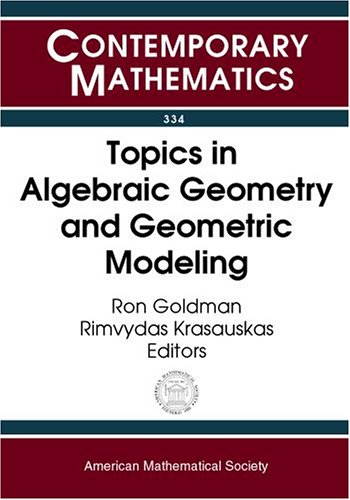
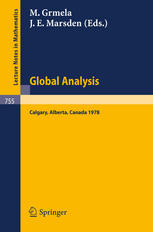
Reviews
There are no reviews yet.